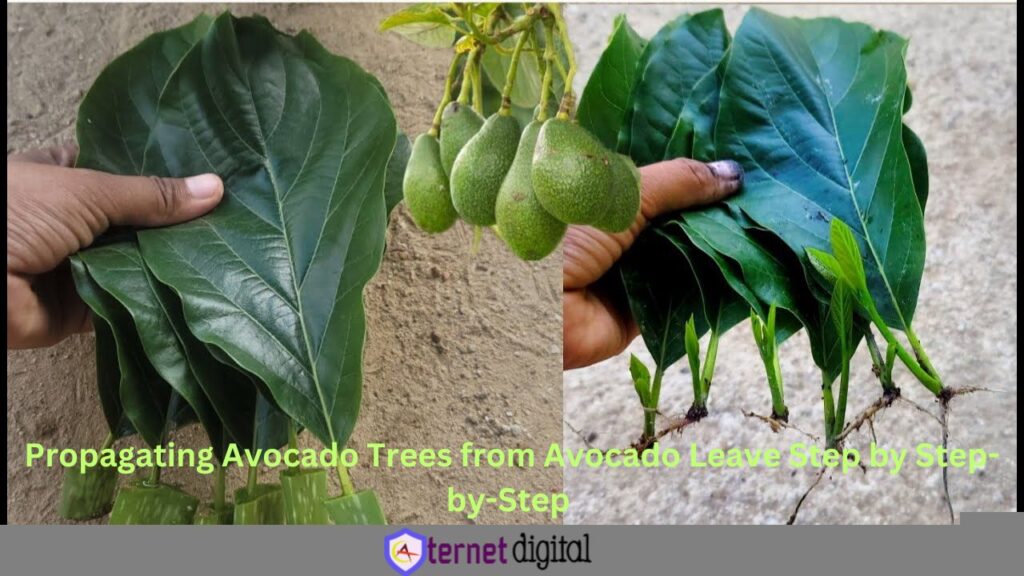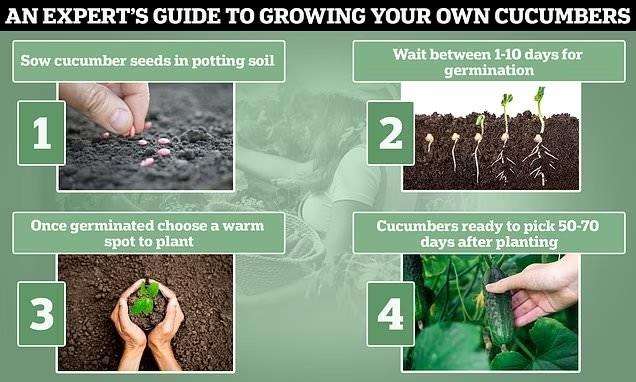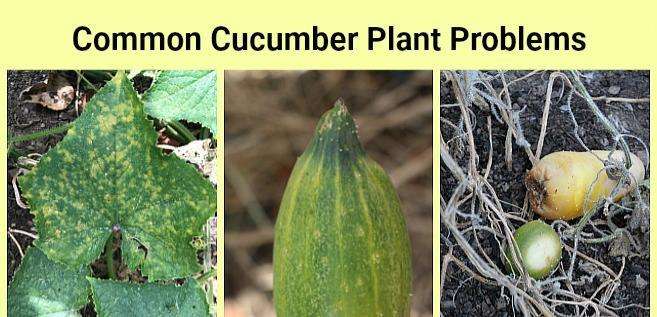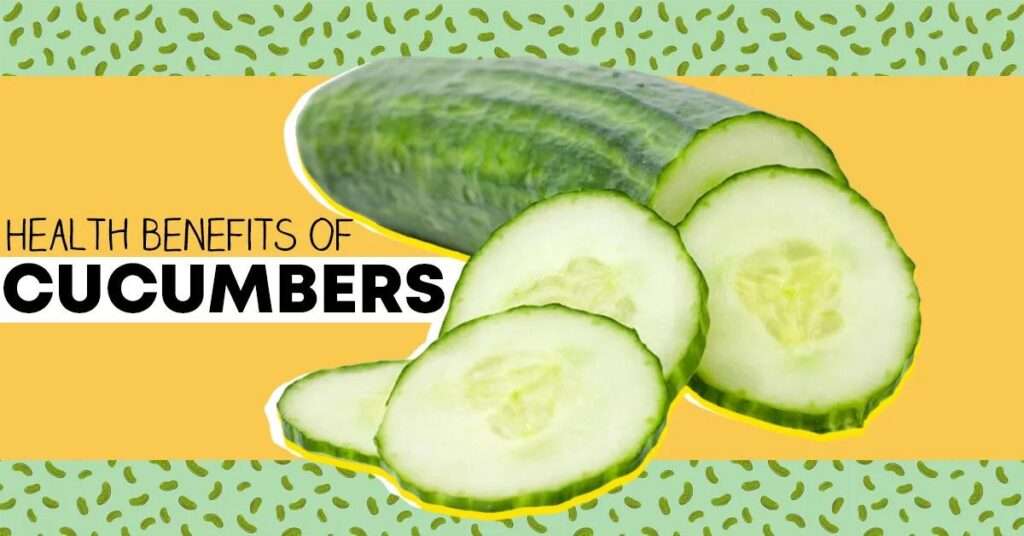In the world of agriculture, fertilizers emerge as a vital player in ensuring robust plant growth and bountiful harvests. Understanding what fertilizers are, their various types, applications, and the benefits they bring to the table is crucial for both seasoned farmers and those with a budding interest in gardening.
What Are Fertilizers?
Fertilizers, in essence, are substances added to the soil or plants to enhance their nutrient levels.
Plants, like all living organisms, require essential nutrients to grow, and fertilizers act as the nutritional supplements that bridge the gap between what the soil provides naturally and what the plants need for optimal development.

Types of Fertilizers
Understanding the specific needs of your plants and the soil conditions is crucial for effective fertilizer application. Tailoring your fertilizer choices to match the crop’s growth stages ensures optimal nutrient uptake and overall plant health.
Fertilizers come in various forms, tailored to meet the specific needs of different plants and soil conditions. The primary categorization includes:
- Organic Fertilizers:
These are derived from natural sources such as compost, manure, bone meal, and plant residues. Organic fertilizers improve soil structure, water retention, and promote microbial activity.
Examples of Organic Fertilizers, Stage of Application and Area of Application.
Examples: Compost, Manure, Bone meal.
Stage of Application: Throughout the growth cycle.
Area of Application: Suitable for a wide range of crops, enhancing soil structure and fertility.
2. Inorganic or Synthetic Fertilizers:
Manufactured through industrial processes, these fertilizers provide specific nutrient concentrations. Common examples include nitrogen, phosphorus, and potassium (N-P-K) fertilizers. These fertilizers are applied in ratios.

Examples of inorganic Fertilizers, Stage of Application and Area of Application.
- Nitrogen-Based Fertilizers:
Examples: Urea, Ammonium sulphate, Nitrate-based fertilizers.
Stage of Application: Primarily during the vegetative growth stage.
Area of Application: Ideal for crops like corn and leafy vegetables.

- Phosphorus-Based Fertilizers:
Examples: Superphosphate, Triple superphosphate.
Stage of Application: Best applied during the early stages of plant development.
Area of Application: Beneficial for root development, suitable for crops like potatoes and carrots.

- Potassium-Based Fertilizers:
Examples: Potassium chloride, Potassium sulphate.
Stage of Application: Essential during the flowering and fruiting stages.
Area of Application: Fruit-bearing plants such as tomatoes and strawberries benefit from potassium fertilizers.

3. Liquid Fertilizers:
Available in liquid form, these fertilizers are quick to absorb, making them suitable for foliar applications or as supplements for hydroponic systems.
Examples of Liquid Fertilizers, Stage of Application and Area of Application.
Examples: Fish emulsion, Liquid seaweed.
Stage of Application: Can be applied at various growth stages, often as a foliar spray.
Area of Application: Suitable for a variety of crops, offering quick nutrient absorption.
4. Granular Fertilizers/ Slow-Release Fertilizers::
These are solid, granulated formulations that release nutrients gradually, providing a longer-lasting impact on plant growth.
Examples of Granular Fertilizers, Stage of Application and Area of Application.
Examples: Osmocote, Polyon.
Stage of Application: Provides a gradual nutrient release over an extended period.
Area of Application: Particularly useful in landscaping and ornamental plantings.
5. Micronutrient Fertilizers:
Micronutrient fertilizers provide essential trace elements like iron and zinc to plants in smaller quantities, addressing soil deficiencies and promoting healthy plant growth for improved crop yield and quality.
Examples of Micronutrient Fertilizers, Stage of Application and Area of Application.
Examples: Zinc sulphate, Iron chelates.
Stage of Application: Required in small quantities during various growth stages.
Area of Application: Correcting specific nutrient deficiencies, crucial for crops like citrus fruits and beans.
Uses and Applications of Fertilizers
Fertilizers find application in various settings, from large-scale agricultural fields to small backyard gardens. Their primary purposes include:
- Boosting Crop Yields: Fertilizers are instrumental in enhancing the productivity of crops by ensuring they receive an optimal mix of essential nutrients.
- Soil Improvement: Fertilizers contribute to soil fertility by replenishing nutrients that may be depleted due to continuous cultivation.
- Correcting Nutrient Deficiencies: Plants can suffer from deficiencies of specific nutrients. Fertilizers address these gaps, preventing stunted growth and crop failures.
- Promoting Plant Health: Healthy plants are more resistant to pests and diseases. Fertilizers play a role in fortifying plants, reducing their susceptibility to various threats.
Benefits of Fertilizers
The use of fertilizers brings forth a multitude of benefits, contributing to sustainable agriculture and global food security:
- Increased Crop Production: By providing essential nutrients, fertilizers enhance crop yields, ensuring a steady and sufficient food supply to meet the demands of a growing population.
- Efficient Resource Utilization: Fertilizers help optimize the use of land and water resources, making agriculture more efficient and sustainable.
- Crop Quality Improvement: Beyond quantity, fertilizers contribute to the improvement of crop quality, affecting factors such as size, colour, taste, and nutritional content.
- Environmental Impact: Proper fertilizer use can mitigate environmental issues, such as soil erosion and nutrient runoff, promoting sustainable farming practices.
Disadvantages of Fertilizers in Crop Production.
The use of fertilizers in crop production comes with certain disadvantages: but it’s good to note that these Disadvantages cannot overweigh the advantages and it’s advisable to use Fertilizers.
- Environmental Pollution: Excessive fertilizer use can pollute water bodies through nutrient runoff, causing environmental harm.
- Soil Degradation: Continuous fertilizer use without proper soil management can degrade soil health and fertility.
- Eutrophication: Fertilizer nutrients like nitrogen and phosphorus contribute to water eutrophication, disrupting aquatic ecosystems.
- Health Concerns: Nitrate levels from fertilizer runoff can pose health risks when consumed, especially for vulnerable populations.
- Economic Costs: Fertilizer expenses can be a significant economic burden for farmers, affecting overall profitability.
- Greenhouse Gas Emissions: Nitrogen-containing fertilizers contribute to the emission of greenhouse gases like nitrous oxide, impacting climate change.
- Dependency on External Inputs: Overreliance on fertilizers may hinder the development of sustainable farming practices.
- Loss of Biodiversity: Fertilizer-induced changes in soil and water quality can lead to biodiversity loss in ecosystems.
In short, fertilizers are like plant boosters that help crops grow better. Using them wisely ensures more food without harming the environment—simple steps for a healthy planet.










Pingback: tadalafil canada online
rx pharmacy generic viagra
viagra from canada no prescription
cheap generic cialis in the us
cialis otc
clomid online pharmacy
fda approved online pharmacy
can you buy generic viagra over the counter
pharmacy price comparison viagra
cialis prices at walmart
online pharmacy for cialis
rite aid online pharmacy
over the counter viagra
tadalafil troche
adcirca vs cialis
Pingback: Reasons Why Cucumber Plant Leaves and Fruits turning Yellow? Causes, Prevention and Fixes - Ternet Digital
cialis generico
pictures of cialis pills
viagra online free shipping
order viagra online in usa
cialis goodrx
tadalafil canada 20mg
cialis tablets tadalafil
how does cialis help bph
bactrim nephritis
flagyl warfarin
zithromax recall
cialis online canada pharmacy CANADIAN Pharmacy Online to Usa
canada pharmacy for cialis [url=http://canadianphrmacy23.com/]Canadian Pharcharmy Online[/url]
zoloft strengths
is flagyl good for uti
how long does furosemide last
why does lisinopril make you cough
discount glucophage
zithromax z pack
viagra india pharmacy northwest pharmacy canada
online pharmacy usa [url=http://canadianphrmacy23.com/]Pharmacy[/url]
Pingback: porn
Pingback: porno izle
Pingback: child porn
is gabapentin a controlled substance
amoxicillin ingredients
Pingback: porn
escitalopram shortage
should you take cephalexin with food
gabapentin and seroquel
do you take ciprofloxacin with food
can you drink with bactrim
cephalexin used for
Your article helped me a lot, is there any more related content? Thanks! https://www.binance.info/en/join?ref=IJFGOAID
is it safe to take amoxicillin 500mg during pregnancy
bactrim dosage
can you overdose on escitalopram 10 mg
neurontin brain synapses
Pingback: porno izle
losartan (cozaar)
ddavp dosage and administration
is fluoxetine or citalopram better for anxiety
depakote level
losartan cozaar side effects
ddavp tablets how supplied
how long does it take for depakote to take effect
side effects of citalopram 10mg
does augmentin cause diarrhea
cost of diltiazem without insurance
diclofenac and tramadol
ezetimibe children
flomax vs oxybutynin
average weight loss on contrave
flexeril and oxycodone
cymbalta and amitriptyline
best time of day to take daily low-dose aspirin
allopurinol tablets 300 mg
aripiprazole max dose
how long does bupropion last
alcohol and augmentin
celebrex and tramadol
baclofen and oxycodone
buspirone does it get you high
alternatives to celexa
ashwagandha near me
abilify and cymbalta
acarbose gas
actos representativos
metformin and semaglutide
repaglinide and gliclazide
protonix for ulcer
can you get high on remeron
robaxin vs. flexeril
claritromicina e repaglinide
klasifikasi sitagliptin
Pingback: porn
calcitriol synthroid
1 month spironolactone for acne results
voltaren patch price
what is tizanidine used to treat
tamsulosin eye side effects
venlafaxine hcl er 75mg cap
coupons for zetia
omeprazole zofran
how long does it take zyprexa to work
zofran dosing adults
drug interactions wellbutrin xanax
zyprexa metabolic syndrome
Pingback: grandpashabet
maximum dose of levitra
cialis 20 mg sale
Pingback: child porn
ordering cialis online
buy levitra
Pingback: child porn
Pingback: child porn
buy levitra 20mg tablets
tadalafil onset
prescription for cialis
buy levitra online
trimix online pharmacy
sildenafil citrate 200 mg reviews
generic viagra sildenafil
price of vicodin at pharmacy
viagra uk pharmacy
sildenafil citrate 100mg tab
the online pharmacy
Pingback: sex historie
vardenafil 20 mg online
tadalafil online cheap
vardenafil 20mg dosage
tadalafil pills online
Pingback: animal porn
Pingback: ananın amı
vardenafil 20mg india
Pingback: child porn
Pingback: child porn
online prescription tadalafil
tadalafil without prescription
rx pharmacy generic viagra
Azulfidine
Duphaston
aciclovir pharmacy
online pharmacy retin a
augmentin online pharmacy
online pharmacy anabolic steroids
pharmacy store window
This way, users can connect with an specialist and have their inquiries
solved right then.
Pingback: porn